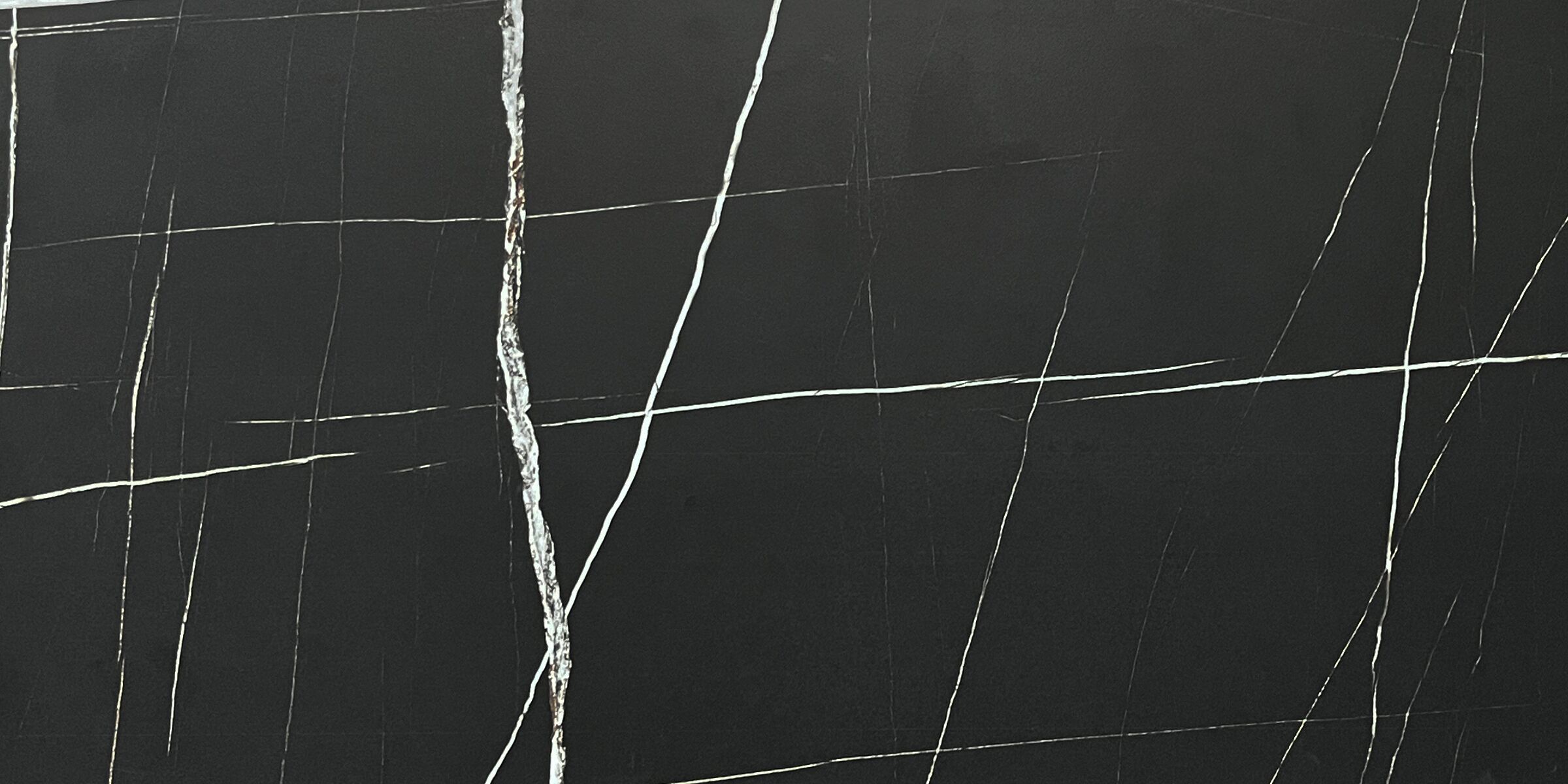What is the best thickness for porcelain tile? When choosing porcelain tile for your next home renovation or construction project, understanding the right tile thickness is essential. Whether it’s for a floor, a wall, or even a countertop, selecting the right thickness impacts not only the durability and strength of the tile but also its suitability for different areas of the home. Here’s what you need to know to make an informed choice about porcelain tile thickness.
Standard Porcelain Tile Thicknesses
Porcelain tiles are typically available in a range of thicknesses, each designed for specific uses:
- Thin Porcelain Tiles (3-5 mm): These are ultra-thin tiles often used for wall applications. They’re lightweight, which makes them easy to install on walls and vertical surfaces where weight is a concern. However, they are generally not recommended for flooring as they lack the strength required to withstand heavy foot traffic and impacts.
- Standard Floor and Wall Tiles (6-10 mm): The most common thickness for porcelain tiles is in this range. Tiles in this category offer versatility, as they’re thick enough for both wall and floor applications, including residential and light commercial floors. They’re durable, easy to install, and come in a wide variety of finishes and designs.
- Heavy-Duty Tiles (10-20 mm): Thicker porcelain tiles, sometimes called pavers or thick-body tiles, are designed for heavy traffic areas, such as commercial spaces, outdoor patios, and driveways. These tiles are generally 10-20 mm thick and provide enhanced durability and impact resistance, making them ideal for outdoor and high-traffic areas.
Factors to Consider When Choosing Tile Thickness
Several factors should guide your choice of tile thickness, depending on where and how you plan to use the tiles:
1. Application Area
- Walls: For interior wall installations, thinner porcelain tiles (3-5 mm) are usually sufficient. They’re lighter, easier to work with, and still provide the sleek look and durability of porcelain.
- Floors: Floors require a thickness of at least 6 mm for residential settings, though 8-10 mm is recommended for areas with high foot traffic, like hallways and kitchens.
- Countertops and Outdoor Use: For surfaces that endure a lot of weight and impact, like countertops, outdoor patios, or driveways, look for tiles at least 10 mm thick.
2. Durability Requirements
- If durability is a top concern, especially in high-traffic or outdoor areas, thicker tiles are a better choice. These tiles offer superior resistance to cracking, chipping, and wear.
- Indoor spaces, like bathrooms and laundry rooms, where there’s less foot traffic, can make use of thinner tiles.
3. Installation Considerations
- Weight: Thicker tiles are heavier, which can make installation more challenging, especially on walls or vertical surfaces. It’s important to consult with your installer to ensure your wall or floor can handle the weight of thicker tiles.
- Cutting and Handling: Thin tiles are more fragile and need extra care during installation to prevent cracking. Thicker tiles, while more durable, require special tools and more effort to cut and shape.
Choosing the Right Thickness: A Quick Guide
| Application | Recommended Thickness | Benefits |
|---|---|---|
| Interior Walls | 3-5 mm | Lightweight, easy installation |
| Residential Floors | 6-10 mm | Durable for moderate foot traffic |
| Commercial Floors | 8-12 mm | Greater durability for high foot traffic |
| Outdoor Areas | 10-20 mm | Heavy-duty, weather-resistant |
| Countertops | 10-12 mm | Durable, impact-resistant |
Final Thoughts
The best thickness for porcelain tile depends on your specific needs. For interior walls, 3-5 mm tiles provide a lightweight and stylish option, while for floors, 6-10 mm is typically ideal. For outdoor areas or high-impact surfaces, thicker tiles (10 mm and above) offer the strength and resilience needed to handle heavier wear and tear. With the right thickness chosen, your porcelain tile installation will not only look beautiful but also stand the test of time.

